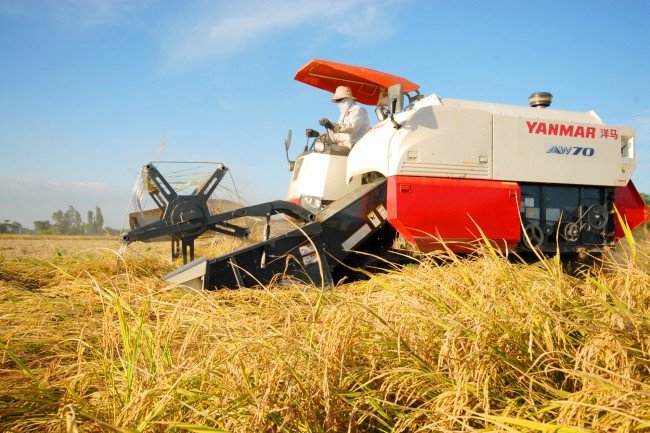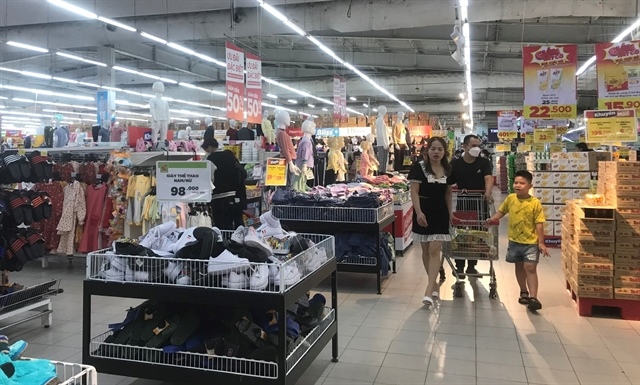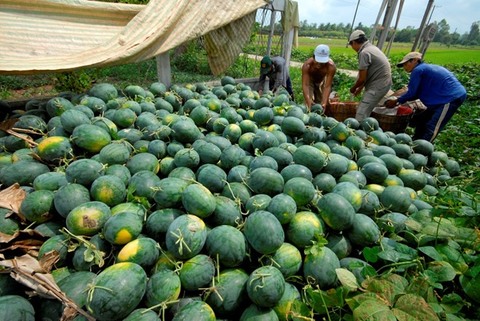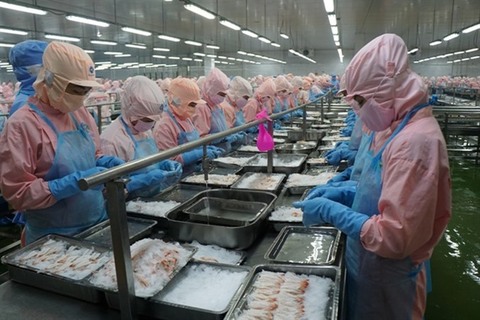A prophecy of rice export
A prophecy of rice export
Last year may be considered a good year for Vietnam’s rice export sector. There remain complicated issues to address, though.

Vietnam exported around 6.1 million tons of rice in 2018, a year-on-year rise of 4.6%, or an equivalent of 270,000 tons, according to the General Statistics Office (GSO). Those tallies undoubtedly prove to be modest rises compared with over one million tons and 21%, respectively, in 2017.
Despite a slight upsurge in the volume of rice export, Vietnamese rice prices were high, making last year a success for the sector. Each ton of rice was sold at an average US$502, which was 10.8% higher than in 2017. As a result, 2018 rice export turnover surged by 16% to top US$3 billion.
What’s more, that Vietnamese rice prices were equal to, or sometime higher than, those offered by her rival, Thailand, should require careful analysis.
Calculations based on Thai and Vietnamese statistics show that Vietnam’s average rice price was between US$7 and US$9 per ton higher than Thailand’s during 2016-2017. In 2018, the gap no longer existed, resulting in an equal price of US$502 per ton.
Two plausible reasons can be given at a time to explain the price increase—Vietnamese exporters were able to considerably enhance both their glutinous and fragrant rice export segments at much better prices. For a comparison, in 2017, Vietnam shipped abroad more than three million tons of these rice catgories—which accounted for 46.4% of the total—and significantly reduced the amount of white rice. In contrast, Thailand decreased the export volume of her Thai Hom Mali fragrant rice exports, from 31.7% down to 20.1%, and, at the same time, made every effort to sell off her huge stocks—the consequence of ineffective policies—at dirt-cheap prices.
Some uncertainties down the road
Despite last year’s achievements, Vietnam will confront both existing and new obstacles when it comes to rice export.
First, it seems that Vietnamese exporters prefer to sell their products at high prices, and are thus unable to sell out their rice stockpiles. It is possible to push up rice export prices so as to maximize profits. However, if such price hikes are likely to curb competitiveness, one should think twice. Therefore, a revision of rice prices to clinch a bigger market share remains a burning issue on the Vietnamese side.
Statistics show that Vietnam’s rice export volume was 6.1 million tons last year, while her rice-equivalent production was almost triple. Consequently, around half a million tons of rice could have not been sold on the global market—just as what happened a few years ago.
In 2018, Thailand outperformed Vietnam in the latter’s traditional Southeast Asian markets. Between January and November 2018, Thai rice traders shipped a total of 2.12 million tons to Indonesia, Malaysia and the Philippines, which was 100,000 tons higher than Vietnam’s volume.
Secondly, China’s recent moves may put Vietnam’s rice export in a dilemma if what the United States Department of Agriculture (USDA) has predicted becomes a reality.
According to the USDA, although the total worldwide rice production in 2019 is projected to decrease by nearly four million tons, rice stocks around the globe at the beginning of the year jumps sharply to an unprecedented record of nearly 162 million tons—or more than four months of rice consumption in the world. Meanwhile, the demand for rice import is put at some 45 million tons, the same as in 2018.
However, what is more important for Vietnam is she may have to witness a drastic decline in rice import from her second largest rice buyer in 2018, Indonesia, which is scheduled to ship in only 800,000 tons from Vietnam this year versus 2.15 million tons this country did last year.
Additionally, China is taking some measures to tighten rice import in a bid to reduce the country’s increasingly rapid rice stockpiles. Currently, China’s rice reserves have amounted to around 109 million tons, equivalent to 279 days of consumption, and the figure may continue to rise to 113 million tons at the end of 2019.
Viewed from these two largest markets, Vietnam’s rice export sector should brace itself for difficulties ahead.
Third, in spite of the impressive price hikes of glutinous and fragrant rice in recent years, ‘made in Vietnam’ fragrant rice is still sold at the lowest prices among rice exporters in the world.
According to Thai rice exporters, their Hom Mali fragrant rice and its Indian equivalent called Basmati are now bought at US$1,127 and US$1,450 per ton, respectively. Hom Mali’s Vietnamese counterpart, jasmine rice, is way below, hovering around US$488-492 per ton.
Therefore, creating new fragrant rice strains capable of selling at remarkably higher prices is poised to play the key role in giving a new lease of life to Vietnamese rice in the international marketplace.
























